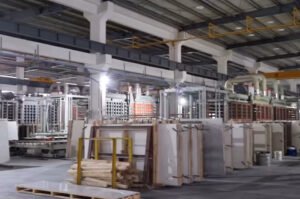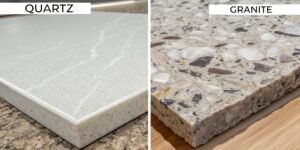Are you worried about worker safety when handling quartz? The fabrication process involves risks like dust and heavy lifting. Protecting your team is key to a successful and ethical business.
The main health risks for workers are inhaling silica dust, physical injuries from heavy lifting, hearing damage from noise, and chemical exposure from resins. Proper safety gear, equipment, and training are vital to manage these dangers and ensure a safe workplace.
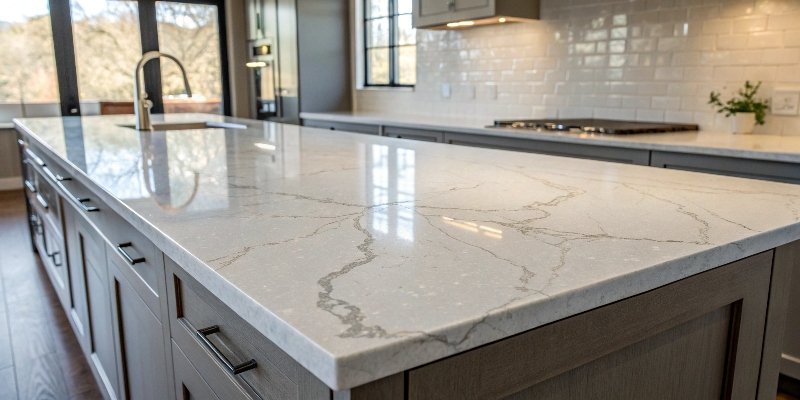
It's easy to admire a finished quartz countertop, but the journey to get there has many safety checkpoints. As a supplier, I've seen firsthand what can go wrong and what works. The safety of the people handling these beautiful slabs is the most important part of the entire process. Let's look at the specific risks and how to handle them correctly.
What are the hazards of quartz worktops?
Once installed, quartz worktops are very safe. But creating them involves risks like dust and chemicals. These hazards can harm workers if you don't manage them the right way.
The biggest hazards come from making the worktops, not using them. Workers face risks from breathing in silica dust when cutting the slabs, getting hurt moving heavy pieces, and hearing loss from loud machines. Proper controls are essential.
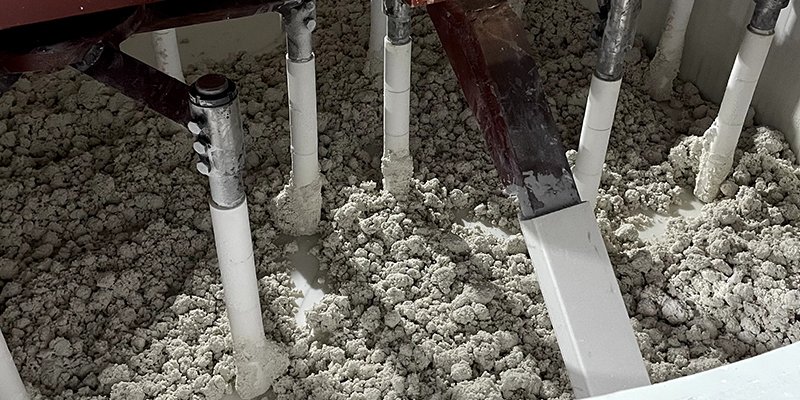
The most serious hazard is silica dust. Quartz is mostly natural silica. When we cut or grind it, tiny dust particles fill the air. I remember years ago, we didn't have the best dust control. Some of our workers started having breathing problems. That was a big wake-up call for me. We immediately invested in new ventilation systems and dust extractors for our workshop. Now, everyone must wear a high-quality respiratory mask. This rule is non-negotiable. It protects our team from silicosis, a severe lung disease from breathing in silica dust over time. Another issue is physical injury. Quartz slabs are heavy, sometimes over 200 kilograms. Moving them without proper equipment is dangerous. I saw a new worker strain his shoulder trying to lift a slab corner by hand. After that, we made our training better and bought hydraulic lifting tables and cranes. We train every worker on safe lifting and make sure they always use mechanical help.
Key Workplace Dangers
| Hazard | Prevention Method |
|---|---|
| Silica Dust | Wet cutting, proper ventilation, and NIOSH-approved respirators. |
| Heavy Slabs | Use of cranes, forklifts, and hydraulic lifting tables. |
| Noise | Mandatory ear protection (earmuffs or plugs) in high-noise areas. |
| Chemical Exposure | Protective gloves, aprons, and work in well-ventilated spaces. |
What is the silica content of quartz?
You know quartz is strong and beautiful. But do you know what is inside? Its high silica content gives it that strength, but it also creates a hidden danger during fabrication.
Engineered quartz slabs usually contain more than 90% crystalline silica. This high amount makes the material very hard. It is also the source of dangerous silica dust when the slabs are cut, ground, or polished.
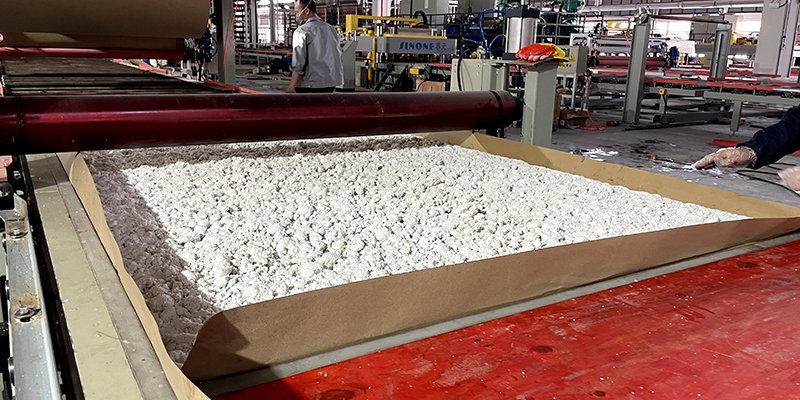
The high silica content is exactly why engineered quartz is so popular. It makes the surface resistant to scratches and stains. But for us in the industry, it means we have to be extremely careful. Crystalline silica is a natural mineral found in sand, stone, and rock. The danger isn't the material itself, but the very fine dust, called respirable crystalline silica, created during fabrication. These particles are so small you can't see them. If workers breathe them in, the particles get trapped in the lungs and cause scarring. This is what leads to silicosis. Because the silica content is over 90%, the amount of dust produced is significant. We've made wet cutting a standard procedure in our factory. Using water on the saws and grinders keeps the dust from getting into the air. It’s a simple but very effective solution that we use alongside our ventilation systems.
Understanding Silica Levels in Stone
| Material | Typical Crystalline Silica Content |
|---|---|
| Engineered Quartz | > 90% |
| Granite | 25% - 60% |
| Marble | < 5% |
| Limestone | < 5% |
Does granite have silica dust?
People often compare granite and quartz. For safety, is granite a better choice? It also contains silica. This means it creates dust that you must manage carefully in the workshop.
Yes, granite contains crystalline silica and makes silica dust when cut. But, the amount is usually lower than in quartz, about 25% to 60%. The risk is still there, but it is less severe compared to quartz.
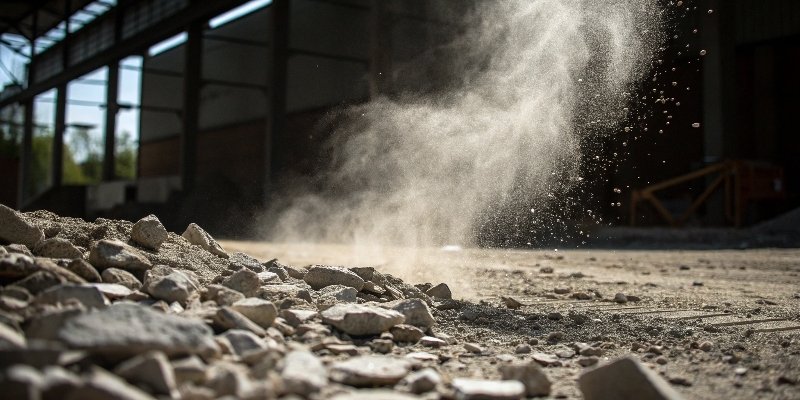
In my 12 years in this business, I've worked with both granite and quartz. While granite has less silica, you cannot ignore the risk. Any stone with silica requires strict safety rules. We treat granite cutting with the same seriousness as quartz cutting. Our workers use the same dust suppression systems and wear the same personal protective equipment (PPE). It’s about creating a culture of safety. The source of another hazard, noise, is also something to consider. The machines for cutting granite and quartz are very loud. Early in my career, I noticed some of our long-term workers had hearing problems. Now, we provide ear protection to everyone in loud areas and check noise levels regularly. This small step makes a huge difference for our team's long-term health, no matter which stone they are cutting. Safety protocols should be consistent for all materials that pose a risk.
Comparing Dust from Different Stones
| Safety Aspect | Engineered Quartz | Granite |
|---|---|---|
| Silica Dust Risk | Very High (>90% silica) | Moderate (25-60% silica) |
| Required Controls | Wet cutting, ventilation, respirators are essential. | Wet cutting, ventilation, respirators are still required. |
| Hardness | Very Hard | Hard |
| Weight | Heavy | Heavy |
What is the dust from cutting marble?
Marble is a classic stone, and it feels softer than quartz or granite. Does that mean its dust is not a problem? The dust is different, but workers still need protection.
The dust from cutting marble is mostly calcium carbonate, not silica. It is called a "nuisance dust" and is less dangerous than silica. But, too much of it can still irritate the lungs, so masks are needed.

Even though marble dust is less hazardous, we don't take any chances in our factory. Our rule is that all dust is a potential problem. We insist that workers wear dust masks even when cutting marble. The primary issue with marble dust is irritation to the eyes and respiratory tract. It doesn't cause a deadly disease like silicosis, but we still want our workers to be comfortable and healthy. This connects to another important safety area: chemical exposure. During fabrication, we use resins and bonding agents. If not handled well, they can cause skin irritation. I remember a time a worker got a minor skin rash from a resin that was not stored correctly. Since then, we have strict rules for storing chemicals. We provide gloves and aprons and make sure these materials are used in places with good airflow. We also hold regular safety training sessions and drills. These practices build confidence and show our team that their well-being is our top priority.
Managing Different Types of Stone Dust
| Dust Type | Primary Source | Health Risk Level |
|---|---|---|
| Crystalline Silica | Engineered Quartz, Granite | High (Can cause silicosis) |
| Calcium Carbonate | Marble, Limestone | Low (Can cause respiratory irritation) |
| Nuisance Dust | General Cutting | Low (Can cause irritation) |
Conclusion
Protecting workers is the top priority in stone fabrication. With the right equipment, training, and a strong safety culture, all the risks can be managed effectively and safely.



